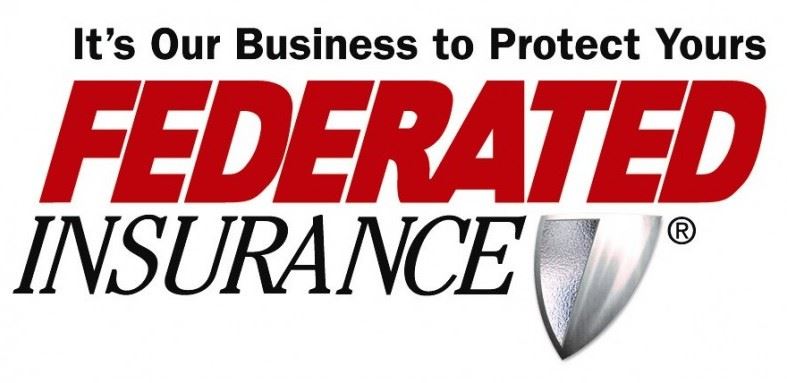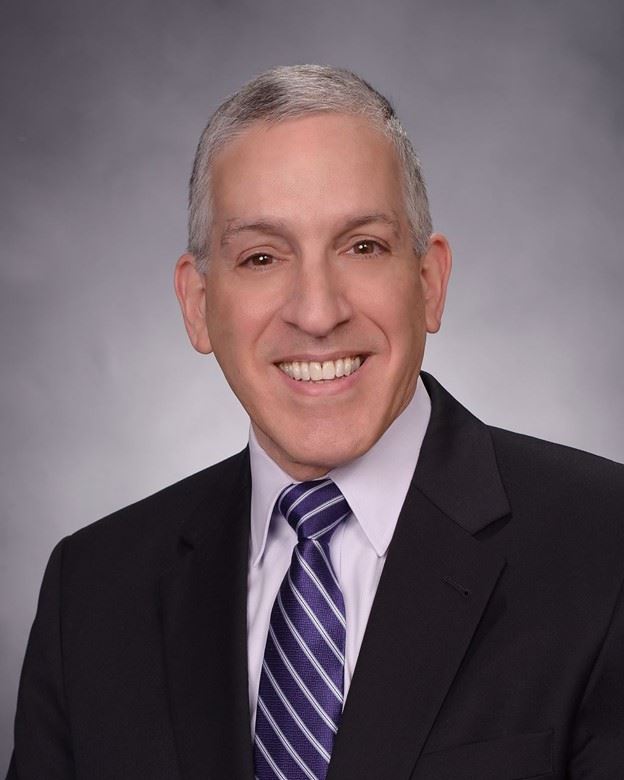Strategic Staffing: How to Staff Your CSR Team for Peak & Shoulder SeasonsBy: Savannah McDermott When it comes to home services demand, you know the drill: you're busier when the weather acts up. In an industry reliant on weather patterns and seasonal changes, it's natural for demand to fluctuate throughout the year. Knowing how and when to adjust customer service staff sizes can be challenging and frustrating for home service companies like yours. As the Head of Customer Success at Schedule Engine, I've noticed a thing or two about how companies handle customer service team staffing throughout the year. I've learned a lot in my role working with home service companies of all sizes across different trades. I'm here to share some of my experiences and knowledge to help you build a strategy for your staffing efforts during peak and shoulder seasons.
What Happens During Shoulder Season?
When shoulder season rolls around, you probably face significantly lower call volume than during the remainder of the year. I'd estimate that demand can fluctuate anywhere up to 50%. From a business staffing perspective, shoulder season demand dips present a critical problem. During peak season, you need a robust staff of customer service representatives to manage the high volume of incoming calls and chats. But your customer service representatives (CSRs) have fewer calls and chats to answer when demand dips off.
Common Staffing Strategies
This fluctuation often leads companies to follow one of two staffing strategies, each with its own difficulties.
1. Staffing for Peak Season
Staffing for peak season is when a company hires a high number of customer service representatives to manage demand at its peak level. As a result, when shoulder season comes and demand curves off, most of the team sits idle.
The problem: You're covered during peak season, but you have too many employees and not enough work during shoulder season (and therefore, you're sacrificing profits with higher, unnecessary labor costs).
2. Staffing for Shoulder Season Season
Other companies choose to staff for shoulder season and make up for the smaller team during peak season by hiring temporary CSRs. As a result, your team size fluctuates with demand.
The problem: You're not wasting on costs during shoulder season, but you're hiring temporary staff that isn't committed or dedicated to your brand during peak season (and therefore, you're sacrificing customer service quality).
As you may be able to see, neither of these strategies is particularly effective. These strategies present an even bigger problem when extreme weather events occur. For example, what happens with an unexpected hurricane if you shrink your CSR team for shoulder season? Or a heatwave? Well, you might panic. (Or, you can follow our game-plan for extreme weather event planning and execution).
How To Best Manage Your CSR Team Throughout The Seasons
Unrelated to extreme weather events, there are a few ways that you can manage your team regularly to make up for the issues presented by common staffing strategies:
Staffing for year-round rather than shoulder seasons is a much better approach to staffing for your business. This strategy can mean:
By stabilizing your year-round CSR staff, you'll have better employees with better retention, leading to better performance overall—which is much more important than skimping on labor costs here and there.
Suppose you choose to go the "staffing for peak season" route. In that case, you can leverage the extra staff you have during shoulder season to focus on other tasks such as scheduling maintenance appointments and building long-term customer relationships. You have more time and energy to nurture returning customers and improve customer retention, with limited issues answering one-off emergency calls during peak season.
How Schedule Engine Can Help
If you choose to go the "staffing for shoulder season" route, Schedule Engine is the perfect tool to support you through the peak season. Then, you can reimagine CSRs' roles to drive new business and use Schedule Engine to support it.
How? Read the full article to find out: https://www.scheduleengine.com/blog/strategic-staffing-101. | About the Author
Savannah McDermott Head of Customer Success As the first Customer Success team member, Savannah has helped optimize the customer service journey at Schedule Engine to what it is today. As Head of Customer Success, Savannah has led and inspired a team of hardworking people to create a uniquely efficient and personable customer experience. With over ten years of program management and delivering value to drive customer retention, Savannah is passionate about helping our customers in the home service industry, so they can better serve their customers with the help of Schedule Engine. |
Subject to OSHA ETS?
By: Federated Insurance
Question
We are trying to determine whether our organization falls under the OSHA COVID-19 Vaccination and Testing Emergency Temporary Standard. I know it applies to companies with 100 or more employees, and if it applies, we must have employees either vaccinate for COVID-19 or require weekly COVID-19 testing. How does OSHA define having 100 employees? How does it apply if you have multiple locations? Additionally, we have a number of part-time and seasonal employees. How does the employee calculation impact these types of employees?
Answer
Many employers are trying to quickly determine if they are subject to the recent COVID-19 Vaccination and Testing Emergency Temporary Standard (ETS). The rules for calculating the 100 employee threshold are rather broad and inclusive, and generally include all employees employed by a single entity, even if some employees work in other, multiple, or off-site locations. Remote employees are included in the headcount for ETS purposes (though employees who exclusively work from home are not subject to the ETS's requirements). Additionally, part-time, seasonal, temporary, and minor employees are also included in the employee calculation.
For reference, OSHA has issued FAQ guidance on the ETS which includes the following information as pertinent to your inquiry:
"2.A.2. Is the count based on 100 employees for the entire business or 100 employees per individual location?
The count should be done at the employer level (firm- or corporate-wide), not the individual location level. Therefore, for a single corporate entity with multiple locations, all employees at all locations are counted. For example, if a single corporation has 50 small locations (e.g., kiosks, concession stands) with at least 100 total employees in its combined locations, that employer would be covered even if some of the locations have no more than one or two employees assigned to work there.
2.A.4. Are part-time employees included in the 100-employee threshold?
Yes. Part-time employees do count towards the total number of employees. For example, a company with 75 part-time employees and 25 full-time employees would be considered to have 100 employees and would be within the scope of this standard. Independent contractors do not count towards the total number of employees.
2.A.8. How will temporary and seasonal workers be addressed in the employee count?
Temporary and seasonal workers employed directly by the employer (i.e., not obtained from a temporary staffing agency) are counted in determining if the employer meets the 100-employee threshold, provided they are employed at any point while the ETS is in effect. For more information, see FAQ 2.A.7. “How are employees from staffing agencies counted?” and FAQ 2.C. “How do employers determine if they meet the 100-employee threshold for coverage under the standard if they have fluctuating employee numbers?”"
For related entities and whether such entities need to combine its employees for ETS applicability purposes, the ETS under section VI., B., II. states that "two or more related entities may be regarded as a single employer for OSH Act purposes if they handle safety matters as one company, in which case the employees of all entities making up the integrated single employer must be counted."
Note that even if an employer may not have 100 employees as of the effective date of the ETS (November 5, 2021), if and when an employer hits the 100 employee threshold, the ETS would apply from there on out throughout the effective duration of the standard. This is true even if the employer subsequently falls below 100 employees. Indeed, question 2.C. of the FAQ guidance provides the following as reference:
"2.C. How do employers determine if they meet the 100-employee threshold for coverage under the standard if they have fluctuating employee numbers?
The determination of whether an employer falls within the scope of this ETS based on number of employees should initially be made as of the effective date of the standard (November 5, 2021). If the employer has 100 or more employees on the effective date, this ETS applies for the duration of the standard. If the employer has fewer than 100 employees on the effective date of the standard, the standard would not apply to that employer as of the effective date. However, if that same employer subsequently hires more workers and hits the 100-employee threshold for coverage, the employer would then be expected to come into compliance with the standard’s requirements. Once an employer has come within the scope of the ETS, the standard continues to apply for the remainder of the time the standard is in effect, regardless of fluctuations in the size of the employer’s workforce. For example, if an employer has 103 employees on the effective date of the standard, but then loses four within the next month, that employer would continue to be covered by the ETS."
For additional information, please visit OSHA’s website on the ETS which includes links to a webinar, additional fact sheets, and policy templates and other information. Employers are encouraged to consult with legal counsel for specific legal advice on whether they may be subject to the ETS.



 The past few months were very busy, politically speaking. In Maryland, the General Assembly worked throughout the session to pass major climate legislation targeting greenhouse gas emissions and particularly addressing building decarbonization.
The past few months were very busy, politically speaking. In Maryland, the General Assembly worked throughout the session to pass major climate legislation targeting greenhouse gas emissions and particularly addressing building decarbonization.